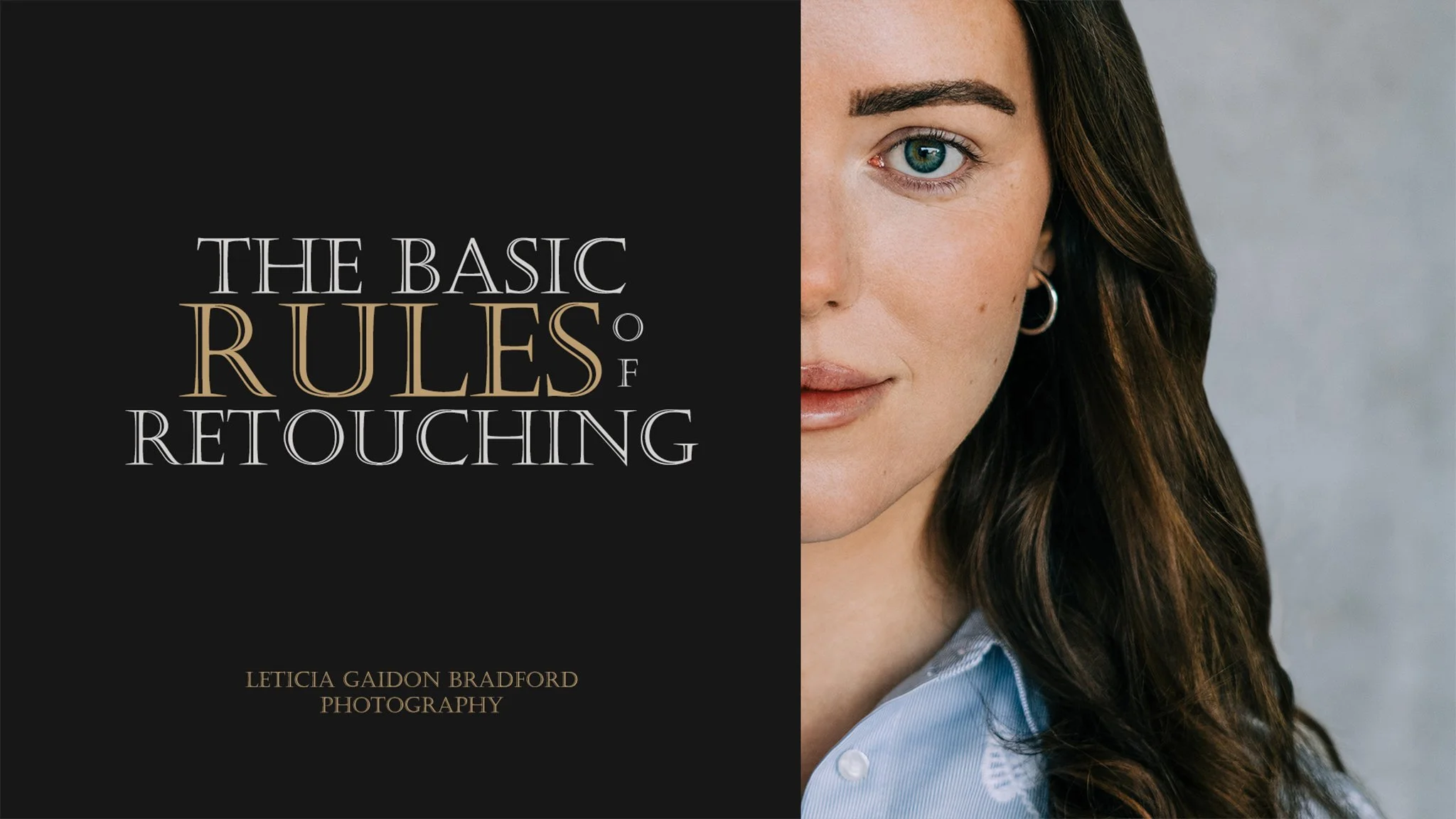Retouching isn’t a modern invention. It began almost as soon as photography itself appeared. From the earliest surviving photograph by Nicéphore Niépce in the 1820s to Victorian portraits and the golden age of Hollywood, photographers have always refined images to present people at their best.
In the 19th century, retouching was done by hand: ink, graphite, and delicate scratches directly on negatives or plates. Artists softened lines, reduced blemishes and enhanced features long before digital tools existed.
From Victorian ladies with impossibly tiny waists to glamorous Hollywood stars with flawless skin, image refinement has been a natural part of portrait photography since the beginning. The intention has always been the same: enhance the person, not replace them.
Why We Retouch Headshots
Professional headshot retouching is subtle, respectful and honest. The goal is to elevate your natural features so you look confident, polished and true to yourself.
Retouching helps to:
Remove temporary distractions (pimples, stray hairs)
Correct technical issues (harsh highlights, lens distortions)
Improve consistency across images for websites and team pages
Keep your features natural while enhancing clarity and expression
A responsible retouch keeps you looking like you, just the best, most professional version.
“I believe Photoshop is in some way the contemporary darkroom, the creative area that all photographers have available today.”
Step-by-Step: What We Retouch in a Headshot and Why
1. Global Adjustments : Exposure, contrast, white balance and cropping are corrected first. This ensures a natural skin tone and accurate colours before any detailed edits begin.
2. Skin & Texture and Tone:
Tone: Evening out redness or blotchiness for a balanced complexion.
Texture: Preserving natural skin texture while softening distracting areas. No plastic skin.
3. Blemishes and Pimples: Temporary marks are removed. Permanent features (scars, moles) remain unless you request otherwise.
4. Eyes: Sclera, Catchlights and dark circles under the eyes.
Sclera (the whites of the eyes): Brightened subtly for freshness.
Catchlights: Enhanced gently to bring life and clarity to the eyes.
Dark circles under the eyes, usually, before the photo session you don’t sleep and it is important to retouch that area.
5. Eyebrows and Gaps: Small gaps are filled and stray hairs tidied. The goal is to keep eyebrows looking natural, not drawn on…although some people apply make-up in that way.
6. Hair and Flyaways: Distracting flyaways are smoothed, and the hairline is refined while keeping realistic texture.
7. Make-Up Adjustments: Shine is reduced, colours are corrected and definition is enhanced without altering your real look.
8. Clothing Fixes: Tiny issues like misaligned collars or small wrinkles are corrected to keep attention on the face.
9. Teeth Whitening: Gentle whitening for a healthy, natural look, never unnaturally bright.
10. Colour Grading and Final Polish: Tones are harmonised so your headshot looks cohesive and aligned with your personal or corporate brand.
Retouching vs AI: The Ethical Line
AI can assist with basic tasks, but it can also distort identity if used without care. Responsible retouching protects who you are.
Ethical retouching:
Keeps your identity intact
Avoids altering bone structure or permanent features
Enhances without transforming
Respects authenticity and consent
Good retouching is invisible. AI can be helpful, but it will never replace the human eye for judgement, restraint and natural results.
Retouching has existed since the birth of photography because it serves a simple purpose: helping people present themselves confidently and professionally.
For headshots, subtle and skilled retouching makes you look polished without losing your essence. That’s the approach I use in every session, helping you show up clearly, authentically and beautifully online.
Book your free consultation today and discover how professional headshots can elevate your brand.
Follow me in Instagram. Connect with me in LinkedIn.
Thank you for reading.
Bye for now.

